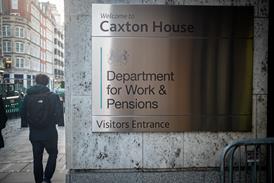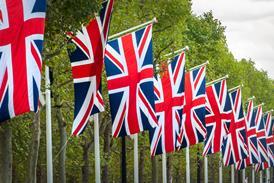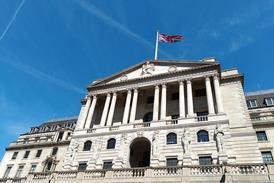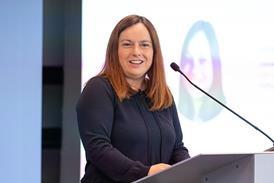Trustees, especially member-nominated trustees, will be crucial in communicating the effects of a recent government decision on tax relief top-up payments, writes Kate Upcraft of the Association of Member Nominated Trustees.

Cast your mind back, if you can, to 2012 and the introduction of auto-enrolment. This was the first time that all employers were to have a mandatory role in the provision of workplace pensions.
While many of the initial decisions about choice of provider may well have been taken by human resources teams, or in smaller businesses by the owners themselves, the heavy lifting was left to those operating the payroll, whether that was in-house or outsourced.
One of the additional complexities facing employers was the method by which pension tax relief was offered to employees. Many small employers had never had any involvement in pensions, let alone the very important addition of tax relief as part of the savings model.
We shouldn’t forget that, before auto-enrolment, the only obligation was to set up a stakeholder pension scheme and expect employees to opt in, which, of course, most didn’t.
A taxing issue for providers and employers
There was much confusion about the two methods of tax relief, made considerably worse by the inappropriate titles attached to them.
- Relief at Source (RAS): The source of the tax relief here is HM Revenue & Customs (HMRC), which provides additional savings at basic rate tax after a claim made by the pension provider. There is also the expectation that higher-rate taxpayers would understand that to get any additional top-up to which they were entitled, they had to take action through the self-assessment system.
- Net Pay Arrangement (NPA). The source of the tax relief here is the employer, which, despite the suggestion in the name, is required to reduce taxable gross pay to offer the relief at the employee’s highest marginal rate of 20%, 40% or 45%, with no action required by the employee or the pension provider.
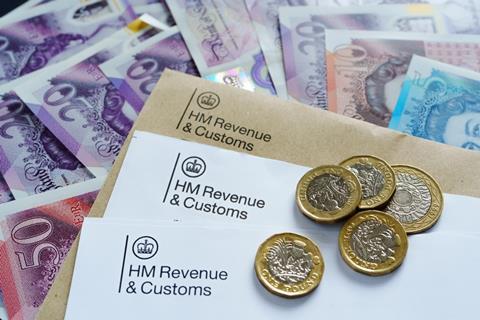
So far, so confusing. But then it soon became clear that there was another nuance that mandatory auto-enrolment was going to trip over: how do you offer tax relief in a net-pay scheme to those who must be auto-enrolled as they earn more than the auto-enrolment threshold of £10,000, but less than the income tax threshold?
Reducing their taxable pay achieves nothing. In contrast, for schemes operating relief at source, all employees receive the 20% tax relief top-up regardless of their earnings.
An unfair system
Far too many private sector employers with a low wage profile – think hospitality, care workers, often part-time, and female – chose their pension provider with no thought about tax relief.
They then found they had signed up to a provider that only offered a net pay arrangement. The provider didn’t have to do any work because the employer did it instead.
It was only by chance that Nest became a relief-at-source scheme, because it offered pensions to the self-employed, who clearly didn’t have a payroll department and therefore net pay was never going to be a possibility.
And then there is the public sector. Public service pension schemes were set up as net pay arrangements, again because the employer would do the work. Equally, because the majority of members were taxpayers when they were created, and the highest paid employees making the initial decisions would have to do nothing more to claim their additional 40% or 45% tax relief.
A number of organisations and individuals, including me, picked up the unfairness of this lost tax relief, which affects 1.75 million people, three-quarters of whom are women.
Trying to solve the problem
The Conservative Party’s manifesto of 2019 committed the party to addressing the issue. In 2021, the government announced that a top-up system would be introduced and the lost tax relief paid directly to the affected individuals. Legislation was introduced in 2022, with an expected introduction for the current tax year.
However, several decisions were made:
- Lost tax relief would not be backdated to 2012 when auto-enrolment began, but only paid from 2024-25 onwards.
- It would only be available after the end of each tax year, so from 2025-26.
- It would need to be claimed from HMRC rather than paid automatically
- It would be paid at the appropriate English, Welsh or Scottish basic rate of tax for the tax year concerned.
However, in January of this year, a paragraph in HMRC’s Pension Schemes newsletter announced that claims for the top-up would not be introduced until an unspecified date in 2026, although entitlement would still be backdated to 2024-25.
It is unclear what publicity campaign is envisaged to drive awareness of the annual claim that will be required from all the affected individuals, but this is an area where member-nominated trustees can definitely add value.
For example, they could ensure that HR and benefits teams understand the tax relief method operated by their pension scheme and whether there are sections of the workforce that have been adversely affected. Equally, they can make sure employees understand that making a top-up claim will not affect anybody’s state benefits – but is classed as taxable income.
Trustees can also create content for scheme and employer websites and newsletters, liaise with unions, or brief employee focus groups, to drive awareness of entitlement, the claim process, and the interaction with self-assessment tax returns.
Regardless of the value of tax relief lost, this should not have been allowed to continue for as long as it has. It should not have been delayed yet again, and it should be properly backdated – especially seeing as so much of the government’s current focus is about supporting the interests of savers.
However, as member-nominated trustees, we can ensure that our members don’t lose out on this valuable addition to their pension savings by being at the forefront of communicating this entitlement.
Kate Upcraft is a committee member at the Association of Member Nominated Trustees.



